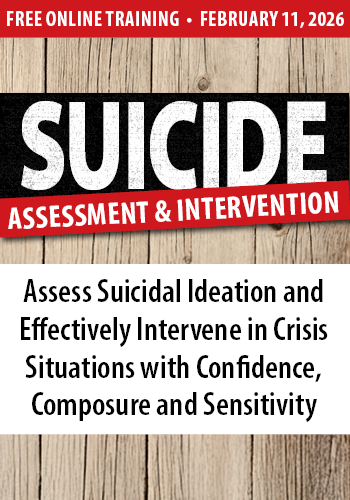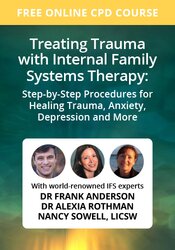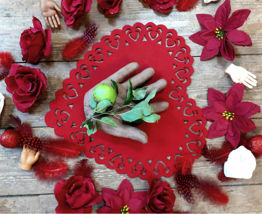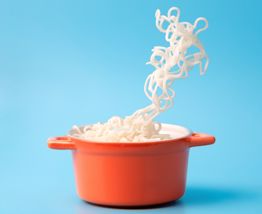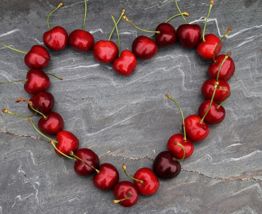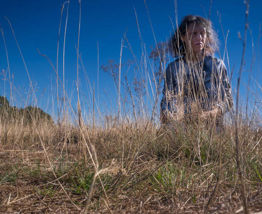Enrol in an online course today for flexible, self-paced learning—no fixed schedule required. Plus, enjoy lifetime access to course materials for convenient revisiting.
Kitchen Therapy: From Nursing Couple to Kitchen Table
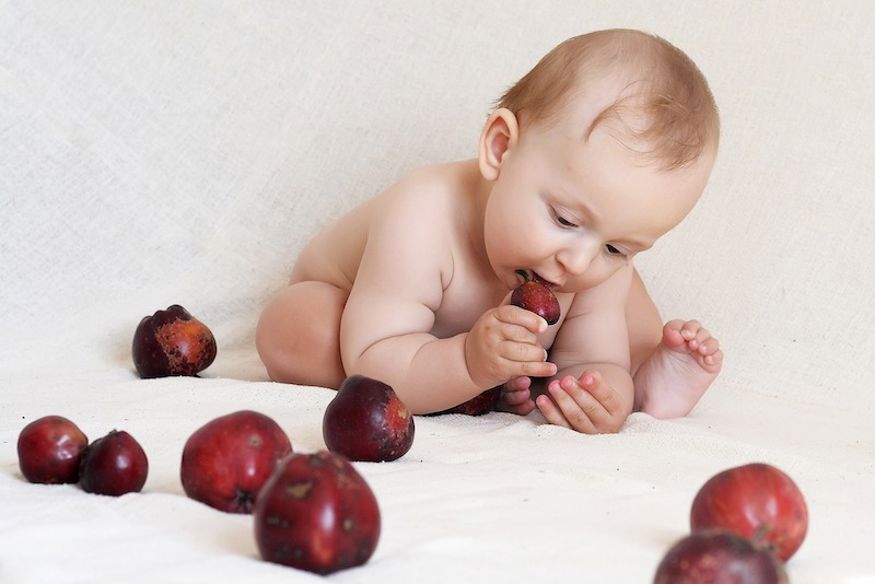
In my last blog I explained how I came to start Kitchen Therapy, my work with individual clients, couples and families that combines cookery and talking therapy. In this blog, I want to trace the roots of this practice back to theories and experiences of the nursing couple.
We all have a ‘feeding story’. In Kitchen Therapy, we go back to our beginnings, both as a person and as a species. Psychoanalysis and neuroscience agree that our earliest caregiving experiences form our developmental trajectory, resonating in our unique way of being. Humans are fundamentally relational, our word ‘company’ – from the Latin con-panis (with bread) – expressing the psychic bond between food and fraternity.
The sharing and cooking of food is a universally human phenomenon. Across cultures, when we welcome someone to our home, we offer them food or drink. Equally, when a baby is born, we first feed them, communicating welcome, pleasure that they’ve arrived and promise of care.
Or at least this was how Nature planned her classroom – complete with hormonal incentives for both carer and baby, that they will find this a mutually ‘becoming’ experience. There is much scope for blunder, rupture and mishap in forming evolution’s latest primate. Things rarely work out as planned. When a two-month-old Gabor Maté sought his mother’s gaze, in 1944 after the Nazis moved into Budapest, he found stress and fear. As the addiction and trauma specialist explains in this talk, “… I get the message that the world doesn’t want me. My mother is not happy around me, so she must not want me”.
As Sue Gerhardt put it in Why Love Matters, affection ‘shapes a baby’s brain’. How we are related to forms our sense of self, first experienced with food. Harlow’s early attachment experiments with monkeys show in no uncertain terms that whilst we need food to survive, without a holding environment to care for us, we cannot thrive. Anyone who has fed an infant will know something of the tidal pull the maternal gaze exerts. Nature sends the baby into the world with a carer’s guide, explaining that your eyes should lock with theirs, losing themselves in a land which is as ‘unrememorable as it is unforgettable’ (Doug Watt, 2001) whilst you hold them close, where they belong.
What early stories of love, fear or rejection might our clients discover in their relationship with food, cooking and eating today?
With clients (and ourselves) we can be curious about the portal food opens to our inner world:
- Could Mandi’s belief that her food would poison people be linked to her mother’s post-natal depression and their subsequent ‘toxic’ relationship?
- Could Paul’s compulsive eating be filling the void of an absent father; the self loathing and soporific affect of his secret binging and consequent morbid obesity expressing feelings of fear and rage turned toward the felt rejection of his infant self
- Could Laura’s isolating swings between binging and starving herself reflect her early abandonment and chaotic caregiving environment, characterised by loss, change and chaos…?
Through Kitchen Therapy, we can reach out to our infant selves, not just to retell our early stories, but to interpret their resonance. By a process akin to active imagination we make links between how we relate to food today and our earliest experiences. Food is an evocative thread to follow because we can recognise it in our gut, our heart and our mind’s ‘eye’. By connecting to feelings of rage, loss and confusion in our infant self, we release excruciating judgement into the arms of compassionate self-care.
The child needs to be noticed, cared for and enjoyed. In our kitchens today, we can add a spoonful of loving attention into the pot, we can notice how good the colours in the pan look – and tell them so! Be playful as you cook, remembering that this is our first place of creativity. In food there’s a place for personal transformation that echoes our primal bonding behaviour. Returning to the maternal gaze when we cook, tuning into the dish, returns us to our earliest need for the thread of connection, felt in our gut brain, the one we share with all other living things. It’s simple yet superb how the nature of our attention holds the power of transformation.



